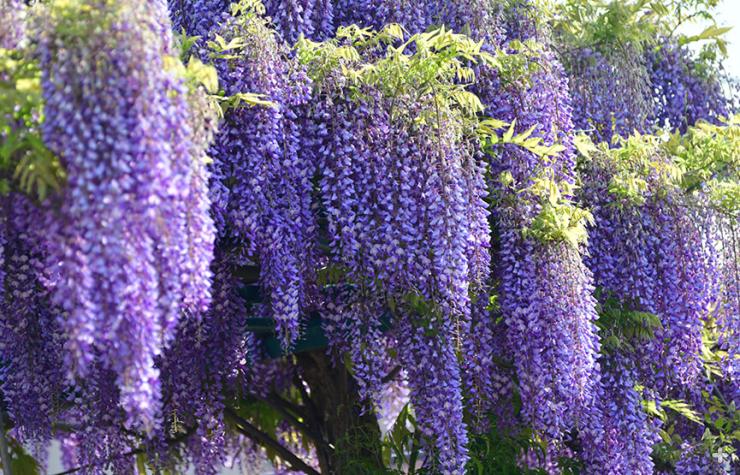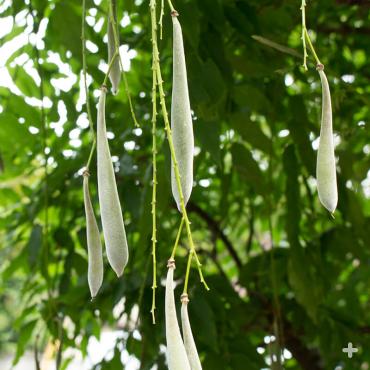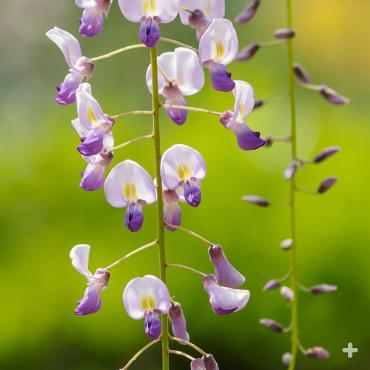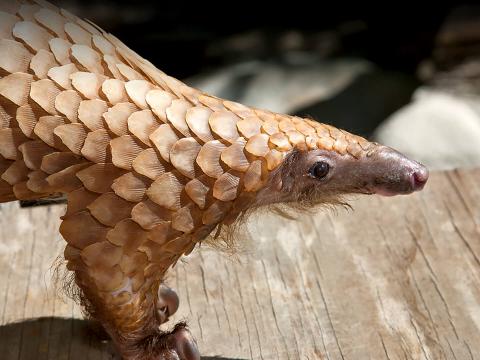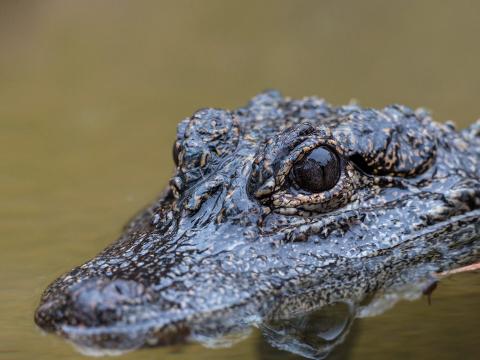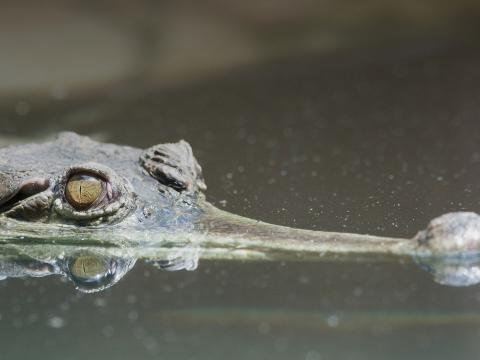Japanese Wisteria
- Division: Tracheophyta
- Class: Magnoliopsida (dicotyledons)
- Order: Fabales
- Family: Fabaceae (legumes)
- Genus: Wisteria
- Species: floribunda
OVERVIEW
As its name suggests, Japanese wisteria came to the US from Japan. Here it has been delighting gardeners—and garden visitors—since the 1930s. As a vine grows, its stems twist and twine—always in a clockwise direction. Supported by trees, shrubs, and structures, a Japanese wisteria vine can extend 30 feet (9 meters) or more. Long, hanging clumps of fragrant flowers grace the vine when it blooms. The lush, green vine is lovely when not in bloom, too. The woody, twisted gray stems can reach 15 inches (38 centimeters) in diameter on older plants, and provide garden interest even after the leaves fall in winter.
CHARACTERISTICS
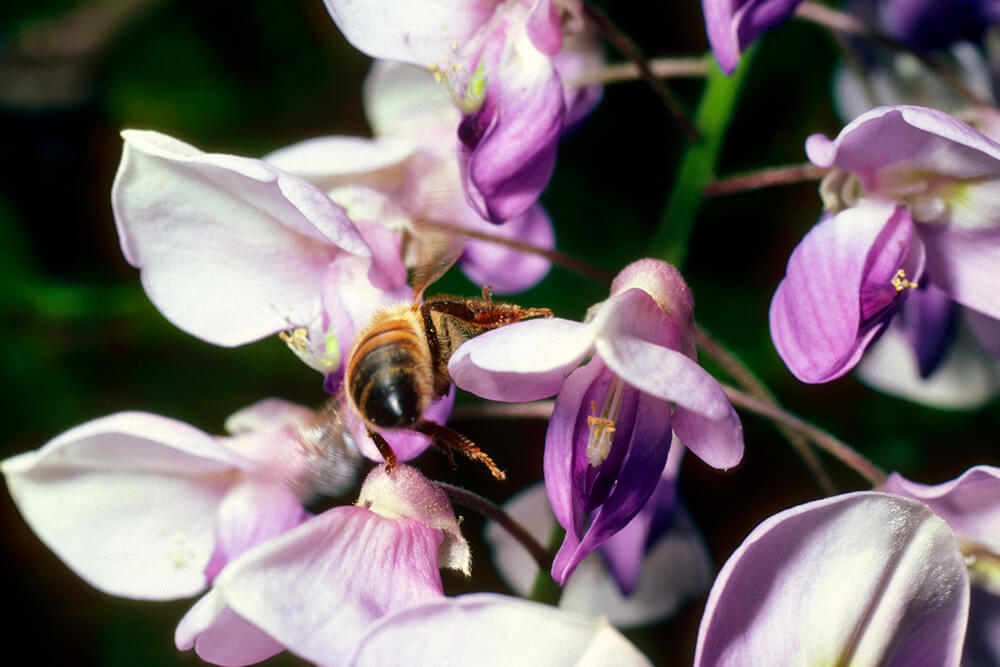
A wisteria's leaves are bipinnate: A leaf is divided into leaflets, and each leaflet is further divided. One individual, fernlike leaf can be a foot (30 centimeters) long, with 13 to 19 leaflets that alternate across the midrib. Emerging leaves sometimes show a tinge of red. In early spring, flower-bearing stalks called racemes appear, bearing grapelike clusters of blossoms. Flower clusters droop gracefully and can be as long as 18 inches (46 centimeters). Seeds are produced in velvety—but poisonous—beanlike pods.
CULTIVATION
You can find several cultivars of Japanese wisteria. All create graceful arbors and screens when properly supported. A wisteria can also be shaped and pruned into a small, freestanding tree or shrub. These vines aren't too picky about soil, but they like full sun. And, they require regular pruning to prevent them from taking over. In fact, these beauties are troublesome, invasive weeds in some parts of the US. Prune yours regularly throughout the growing season to keep the vine growing only where you want it. In fall or winter, it will need a heavy pruning. This is also the best time to remove suckers—the new shoots that inevitably spring from the base or roots of the plant.


